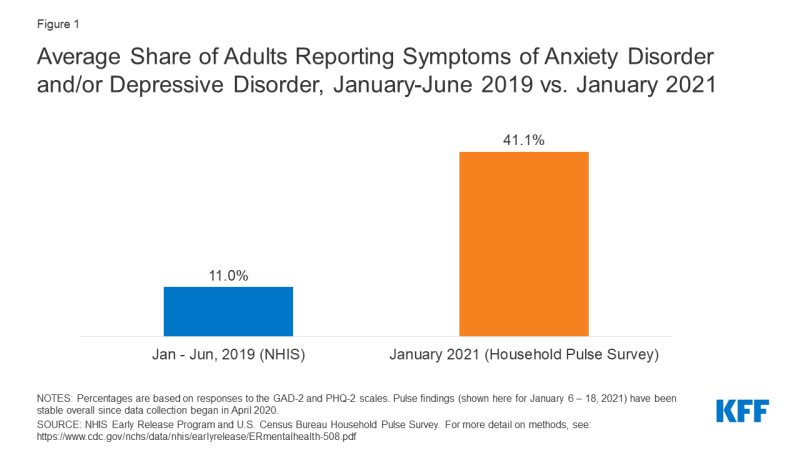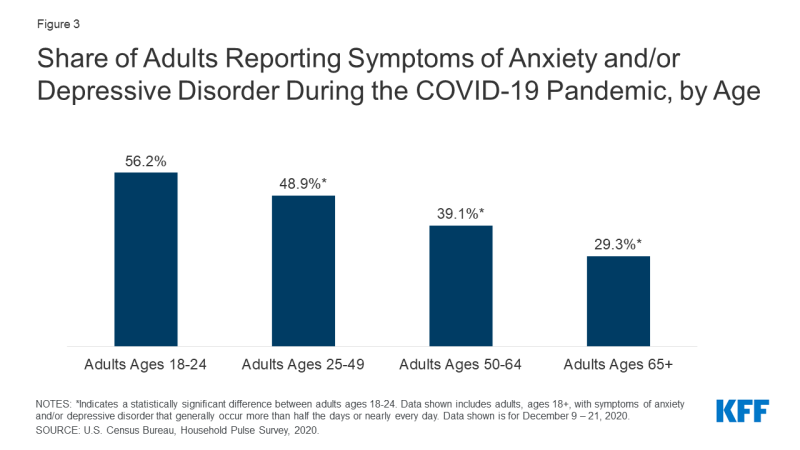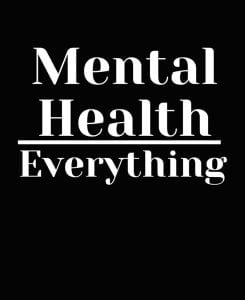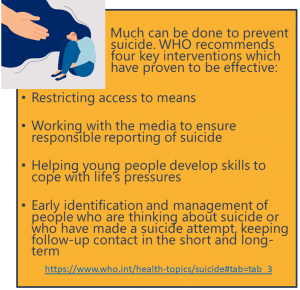In the past year the big talks have been about COVID-19 and politics. Which is understandable seeing how both affect not only the U.S., but the entire world. Those however overshadow the multitude of diseases and aliments that affects millions on the daily, specifically one that many don’t like to talk about or don’t know enough about which are mental illnesses. Mental illnesses or disorders according to the W.H.O. are a wide range of conditions that affect mood, thinking, and behavior (World Health Organization, 2018). Mental disorders can include, but are not limited to; bipolar disorder, schizophrenia and other psychoses, dementia, developmental disorder (autism) and the main topic of our discussion depression. According to W.H.O. depression is the most common illness worldwide, affecting nearly 264 million people (World Health Organization, 2018). The hyperlink here illustrates the share of population with depression in 2016 https://ourworldindata.org/grapher/share-with-depression?time=2016. No single type of population is excluded from depression, it can be seen in nearly all sexes, ages, and ethnicities (Ritchie & Roser, 2018). Depression can be defined as experiencing a depressed mood or loss of interest or pleasure in daily activities that can also be accompanied by problems sleeping, eating, energy concentration and self-worth (Statistics about depression in the U.S., 2020).
Now that we know kind of what depression is, it gets a little more complicated because there are different types of depression and just like how no two human beings are completely identical, neither is the case for how individuals experience and express symptoms of depression. The W.H.O. classify three different degrees of depression being mild, moderate or severe which can then be broken down by expressing manic episodes, chronic cases, recurrent depression, or a combination of bipolar and depression (World Health Organization, 2018). Persistent depression can be seen by having one major episode of depression over a course of a time period or chronic low-level depression over a long time period (Depression: Facts, Statistics, and You, 2018). On the flip-side bipolar depression or manic-depression involves manic, or energized moods or episodes (Depression: Facts, Statistics, and You, 2018). Healthline also classifies another type of depression that can be seen in new mother, known as postpartum depression, accounting for 80% of new mother’s experiencing the “baby blues”, which include the symptoms of mood swings, sadness and fatigue, but in a very specific population. Figure 1. has a very interesting image of postpartum depression in the United States (Depression: Facts, Statistics, and You, 2018). Now that we have an idea of the variety of types of depression, how does one identify someone or yourself with depression.
As stated before, no two people are the same. However although there is a list of symptoms that can fall into the category of depression, the degree and variety of those symptoms varies from person to person. There are two types of symptoms that can be displayed by people with depression, emotion and physical and sometimes the person can have the combination of the two. The general emotion symptoms include; extreme irritability, anxiety, trouble with anger management, loss of interest, fixation on the past and thoughts of death or suicide (Depression: Facts, Statistics, and You, 2018). The physical symptoms include; insomnia or oversleeping, debilitating fatigue, major changes in appetite, major changes in weight, difficulty concentrating or making decisions, and unexplained aches and pains (Depression: Facts, Statistics, and You, 2018). There can be a multitude of causes for someone to experience depression or be succumb to it and although their is now one answer risk factors for depression can include; low self-esteem, anxiety disorder, physical or sexual abuse, chronic diseases, alcohol or drug use, family history of depression, age, gender, race, and geography and could be simply genetics or hormone imbalances (Depression: Facts, Statistics, and You, 2018). According to both Healthline and W.H.O., if symptoms last more than two weeks that’s when its time to seek professional help. I’m not too sure there is a specific “time lapse” that should be waited before seeking help, but if you or someone you know expresses symptoms, talking and identifying the reality that, that person may have depression is a good first step upon seeking further care.
Their are however treatment options for depression, although their are some controversy on the legitimacy on whether antidepressant drugs are effective or not. The two treatment options for depression are antidepressants and therapy. Therapy has shown to have a lower rate of relapse compared to being placed on antidepressants (Depression: Facts, Statistics, and You, 2018). Figure 2. illustrates the comparison of 21 different antidepressants in clinical trials, and has concluded that antidepressant drugs were more effective than placebo in reducing severity of depression in adults (Ritchie & Roser, 2018). The W.H.O. has a program in place known as the mental health Gap Action Programme (mhGAP) which aims to help countries increase services for people with mental and substance use disorders. The W.H.O. have created psychological intervention manuals and educational programs to help identify persons who may be depressed (World Health Organization, 2018). After all is said and done, depression like all mental illnesses, should be recognized and provided greater attention because it is one that if caught at early stages can be helped or monitored.
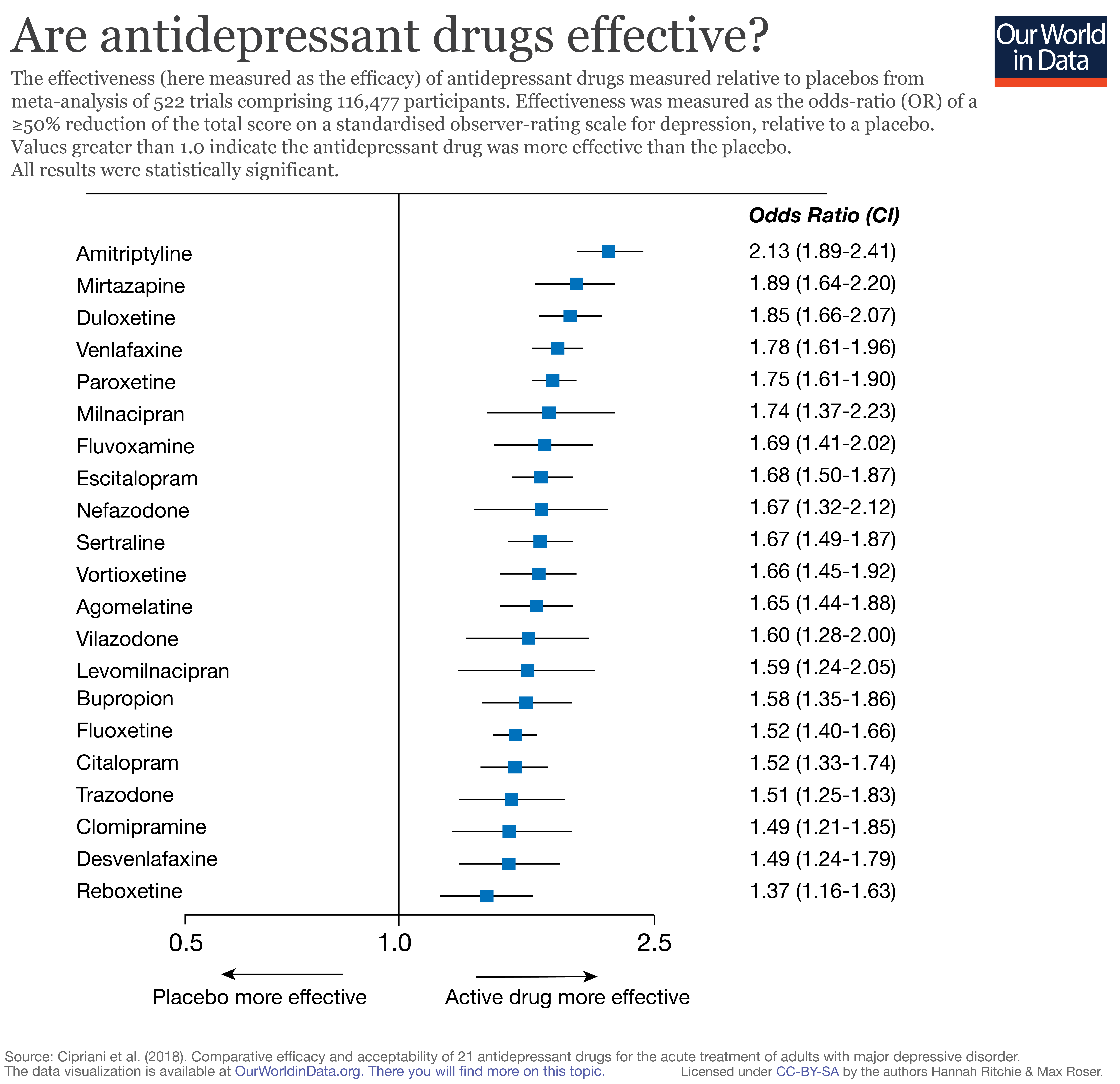
Figure 2.
Side Note: The National Network of Depression Centers and Substance Abuse and Mental Health Services Administration (SAMHSA) are great resources that not only works with people who are depressed, but other mental disorders as well and they are very active. Here is the link with some key statistics depression has in the United States: https://nndc.org/facts/?gclid=Cj0KCQiAj9iBBhCJARIsAE9qRtCE_0qDKbi6yQbIcCpt0cMTooxYcN_TEEYYTF4hLktd3LbI–t0XekaAupyEALw_wcB
Here is the link to SAMHSA: https://www.samhsa.gov/find-help/national-helpline
References
Depression: Facts, Statistics, and You. (2018, June 29). Healthline. https://www.healthline.com/health/depression/facts-statistics-infographic#Types-of-depression
Facts. (n.d.). National Network of Depression Centers. Retrieved February 25, 2021, from https://nndc.org/facts/?gclid=Cj0KCQiAj9iBBhCJARIsAE9qRtCE_0qDKbi6yQbIcCpt0cMTooxYcN_TEEYYTF4hLktd3LbI–t0XekaAupyEALw_wcB
Ritchie, H., & Roser, M. (2018, April). Mental Health. Our World in Data. https://ourworldindata.org/mental-health
SAMHSA. (2014, May 14). National Helpline | SAMHSA – Substance Abuse and Mental Health Services Administration. Samhsa.gov. https://www.samhsa.gov/find-help/national-helpline
Statistics about depression in the U.S. (2020, June 6). The Checkup. https://www.singlecare.com/blog/news/depression-statistics/
World Health Organization. (2018, April 9). Mental Disorders. Who.int; World Health Organization: WHO. https://www.who.int/news-room/fact-sheets/detail/mental-disorders



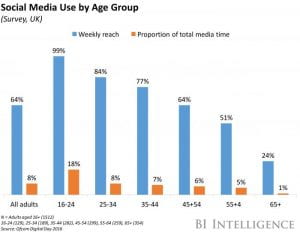












:max_bytes(150000):strip_icc()/171631860-56aae7f53df78cf772b4a4cb.jpg) inhumane care and also involuntary psychiatric treatment. An organization known as “Secretario Técnico del Consejo Nacional de Salud Mental “(STCONAME) to dedicate to establishing public policies and national strategies for mental health. Several mental health plans were placed in the health plan ministry to promote information and prevent mental illnesses. The plans also focused on getting a better quality of care and reducing the cost of care. The biggest part of these plans is implementing primary care level clinics and specialized clinic sites to improve the diagnoses and treatment for those with mental health.
inhumane care and also involuntary psychiatric treatment. An organization known as “Secretario Técnico del Consejo Nacional de Salud Mental “(STCONAME) to dedicate to establishing public policies and national strategies for mental health. Several mental health plans were placed in the health plan ministry to promote information and prevent mental illnesses. The plans also focused on getting a better quality of care and reducing the cost of care. The biggest part of these plans is implementing primary care level clinics and specialized clinic sites to improve the diagnoses and treatment for those with mental health.
